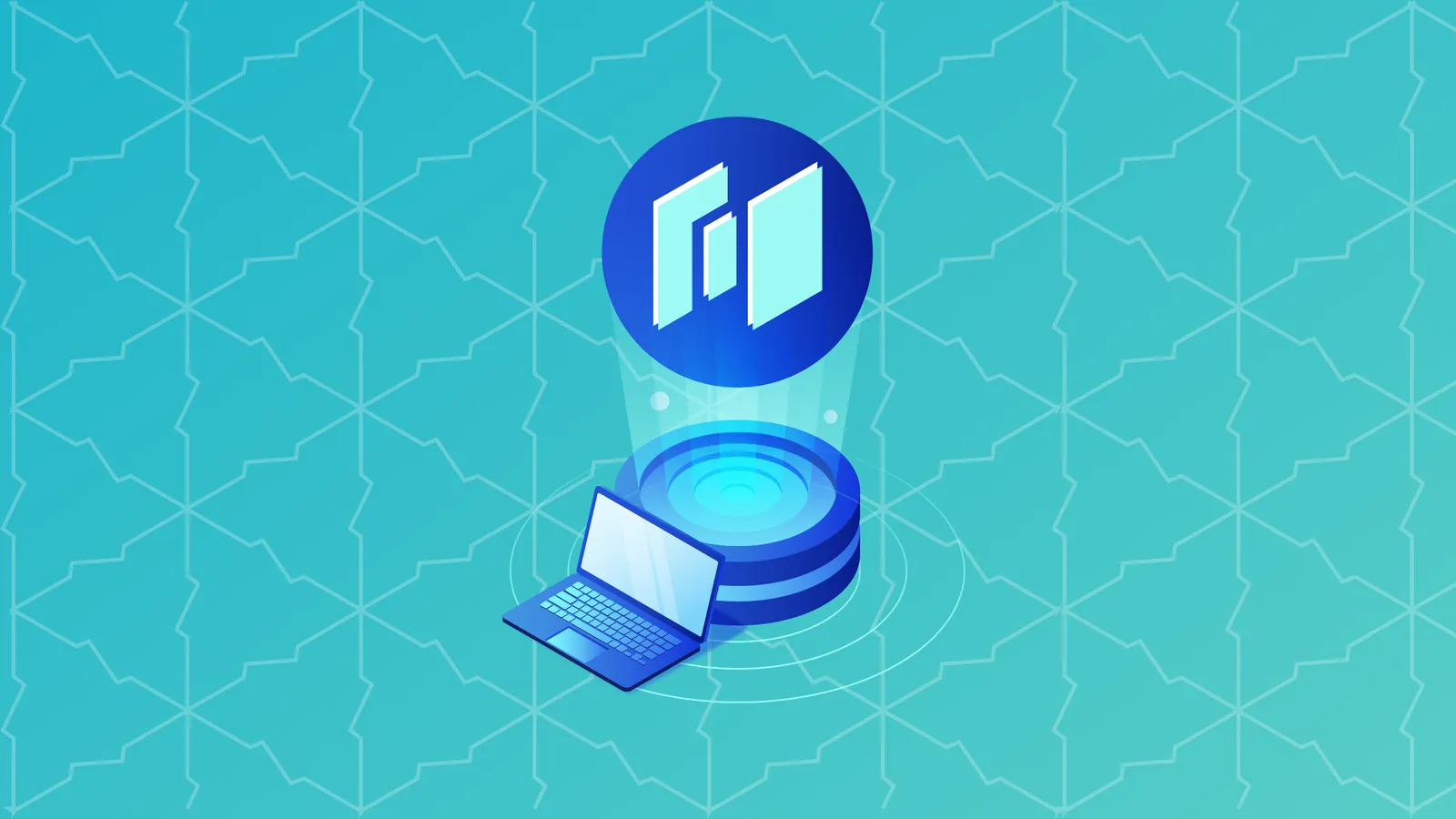A chief goal of blockchain interoperability proponents is the ability to transfer crypto, smart contracts, and decentralized applications (dApp) from one blockchain to another. While there are various solutions to enable this interoperability, many of these interoperability tools come with some notable tradeoffs. Crypto bridges and cross-chain solutions between Layer-1 and Layer-2 blockchains may sacrifice security through a variety of vulnerabilities that can — and have been — hacked. Further, these transfers often require crypto to be wrapped into a tokenized version that is recognizable on the chain that it is migrating to. This may involve a variety of trading and transaction fees that can add up.
There are still a variety of other approaches to multichain that make the use of bridges, blockchains with nearly identical frameworks, and a host of other solutions that may lessen the drawbacks of having multichain assets and tools. Regardless of the technical details of multichain solutions, as the blockchain ecosystem evolves, multichain solutions and assets are highly likely to take on increased importance as crypto users and developers desire the flexibility that multichain optionality provides.
Let’s take a look at how one of these emergent projects, Holograph, is tackling multichain flexibility for both fungible and non-fungible tokens (NFTs).
How Holograph Approaches Multichain
In 2023, the bridging (transferring) process still poses a variety of problems for the creators, buyers, and sellers within the burgeoning NFT space. Bridging creates questions about provenance (Is this NFT an original or a copy?), security (Is this bridge safe to use?), simplicity (How do I transfer my NFT?), data migration (such as an NFT’s metadata), and a variety of other issues. In lieu of creating one-off crypto bridges or trying more established — but tradeoff heavy — versions of tokenizing assets, Holograph takes a slightly different approach that aims to simplify the blockchain-to-blockchain migration process for the end user.
For NFT creators, Holograph allows for the creation of NFT collections on multiple blockchain simultaneously. Through their app, Holograph creates a simple interface that allows this process to be executed fairly simply — no coding experience necessary. In order to understand the innovative aspects of this, it’s worth elaborating on how NFT migrations are typically done — and the key differences between other solutions and Holograph’s newer approach.
For most NFT transfers, the original NFT is locked (frozen and unable to move) on the originating chain. Then, a new NFT is minted (created) on the destination protocol. This tokenization creates a wrapped NFT. Should this NFT be moved via bridge to another chain later, this would create another wrapped NFT —- essentially a synthetic version of the original NFT (that is still locked on the original chain). While wrapped crypto that is fungible (interchangeable) has been largely an evolutionary step forward in blockchain interoperability, wrapped NFTs create problems related to the data associated with these NFTs.
Problems With Wrapped NFTs and Holograph’s Solution
When an NFT is locked and minted on another chain, it creates a new NFT ID and contract address. If wrapped again on another chain (like in our aforementioned example), it would create another NFT ID and contract address. This creates a variety of complications when it comes to ownership, authenticity, and various other processes. Technically speaking, some people liken these wrapped NFTs to blockchain-based copies of the originals. While they look the same, they aren’t the same (as they don’t share the same blockchain address or ID).
In much the same way that a screen print of Edward Munch’s The Scream isn’t worth anything close to the original’s valuation of over $100 million, many question the value of wrapped NFTs that some compare to “right click, copy” versions of the original NFT. In fact, NFTs were designed with the intention of being able to monetize and authenticate digital versions of artwork. For some, wrapped NFTs are recreating the problem they were designed to solve.
Foregoing this wrapping process, Holograph allows for the simultaneous and native deployment of fungible tokens and NFTs on multiple blockchain protocols. NFTs minted on the Holograph app (which they call Holographic NFTs or hNFTs for short) have the same token ID and address on all blockchains (unlike the wrapped NFTs mentioned above). With identical addresses and IDs, it doesn’t matter which blockchain network it moves to or which protocol it was originally minted on. These multichain IDs and addresses solve issues pertaining to authenticity and ownership. Holograph’s solution is inherently blockchain agnostic. This allows users to use the blockchain that best serves their needs. This could be related to minting costs, the security of a blockchain, or the popularity of NFT marketplaces on specific blockchain protocols.
Reciprocal Burn and Mint of Holograph’s hNFT
Holograph’s process for transferring NFTs uses a “reciprocal burn and mint” process ("Holographic Bridging") that allows migrated NFTs to keep the same token ID, address, or other associated data. The Holograph NFT (hNFT) is burned on the original chain and minted on the destination chain with the provenance-proving data intact. While most burn-and-mint processes are irreversible, hNFTs can be reminted (recreated) on the original chain — or any previous chain on which it existed. At the time of writing, hNFTs can be created on Ethereum, Avalanche, Polygon, Optimism, and BNB Chain.
The Roadmap From Monochain to Multichain
At the time of writing, the options for multichain deployment are all protocols that are compatible with the Ethereum Virtual Machine (EVM). Holograph’s multichain solutions are designed to be compatible with any EVM-compatible blockchain. With numerous other EVM blockchain alternatives, it is likely that Holograph will announce additional blockchain integrations as it continues to build its open-source solutions. According to Holograph, a Holographic NFT is an NFT that exists natively on multiple blockchains. This ostensibly foreshadows a Holograph app that will offer even more chain choice. In the next article, we’re going to discuss some of the benefits and use cases of having NFTs that are designed to be natively multichain.
Cheat Sheet:
- There are a variety of interoperability solutions vying for adoption within the blockchain space.
- While wrapped fungible tokens are largely a multichain success, wrapped NFTs that are migrated come with issues associated with security, authenticity, and data continuity and integrity.
- Holograph’s hNFTs solve the data integrity issue by allowing NFTs to be transferred without changing the associated token ID, address, and other needed data.
- Holograph’s hNFTs can be simultaneously minted and transferred between the Ethereum, Avalanche, Polygon, BNB Chain, and Optimism protocols.
Sponsored post by Holograph.xyz
Learn More about partnering with Decrypt.


